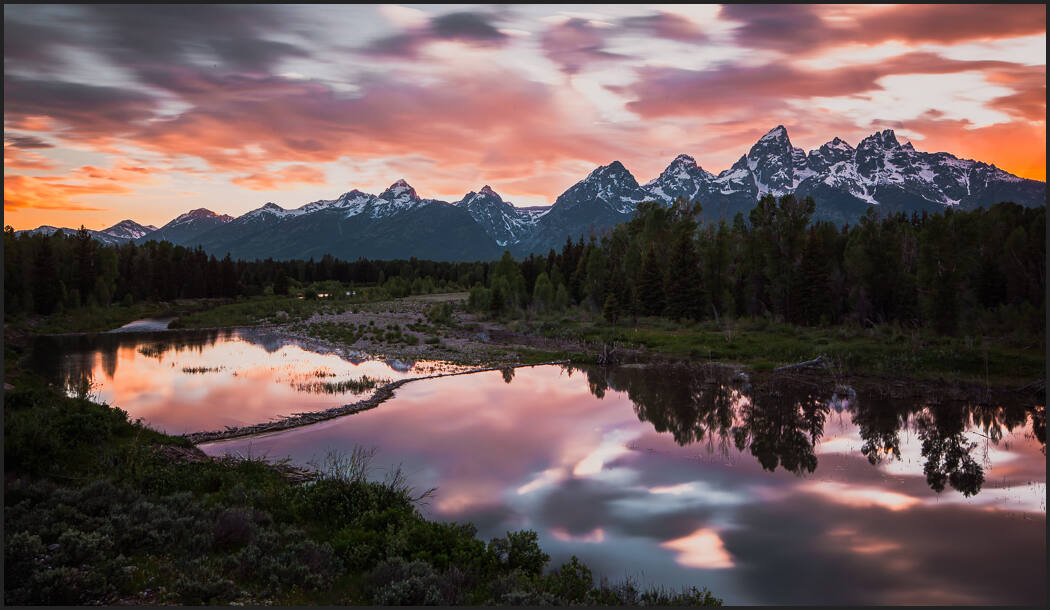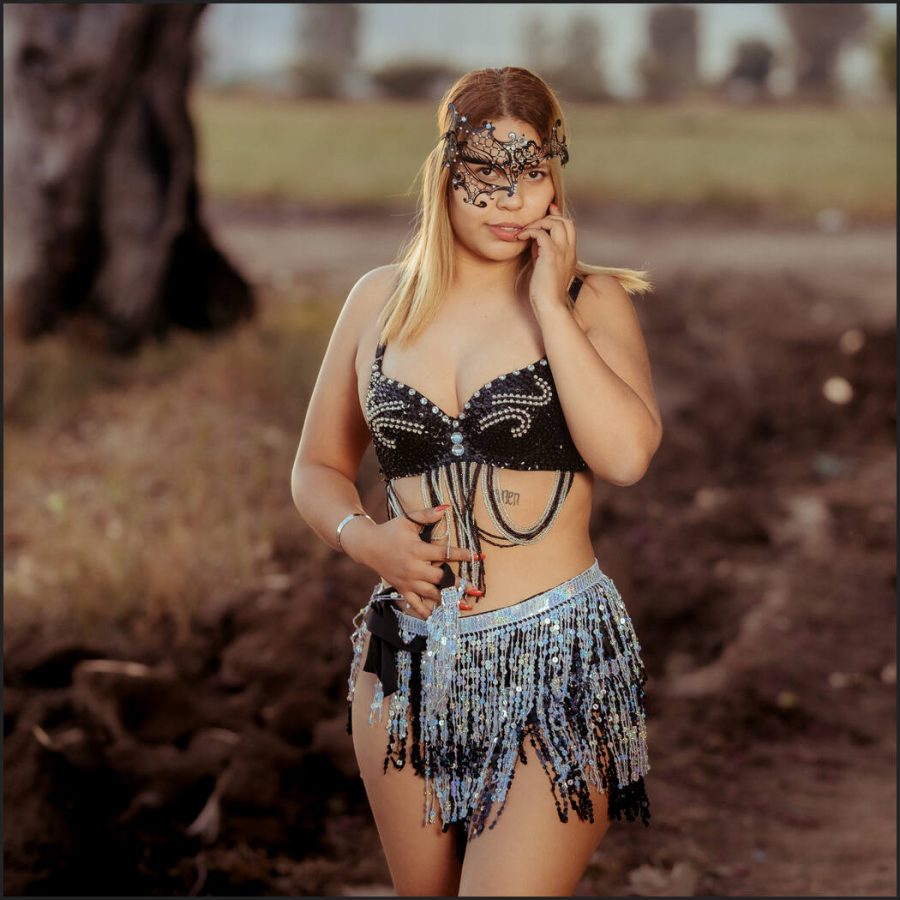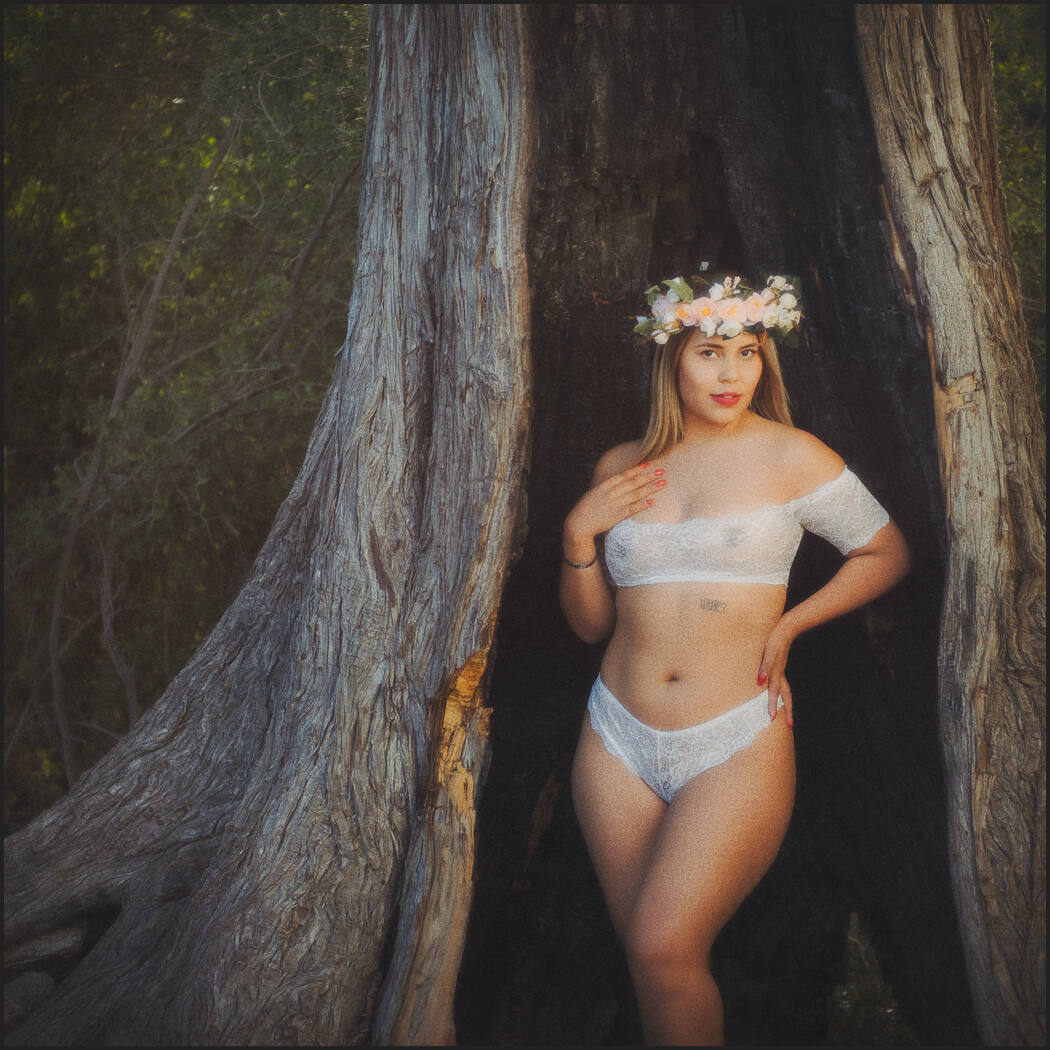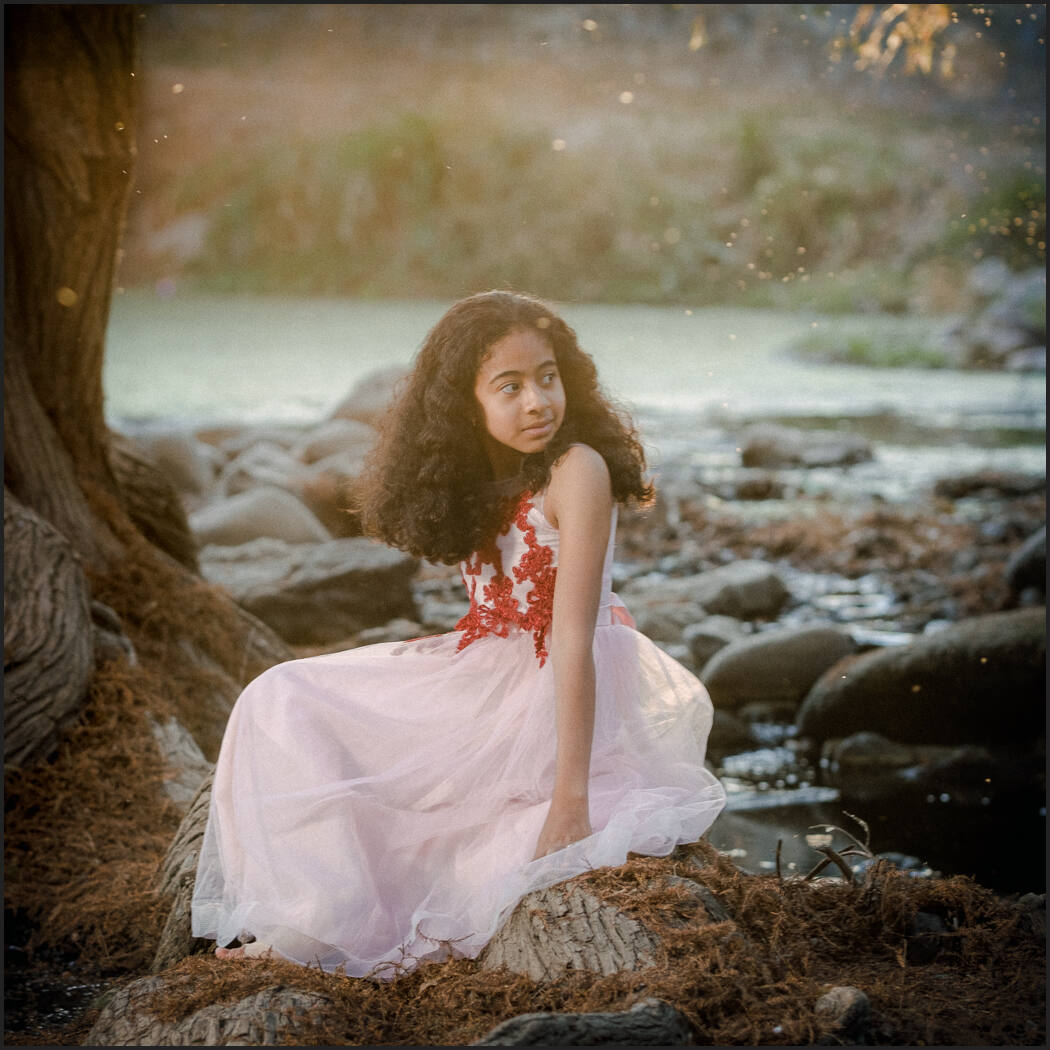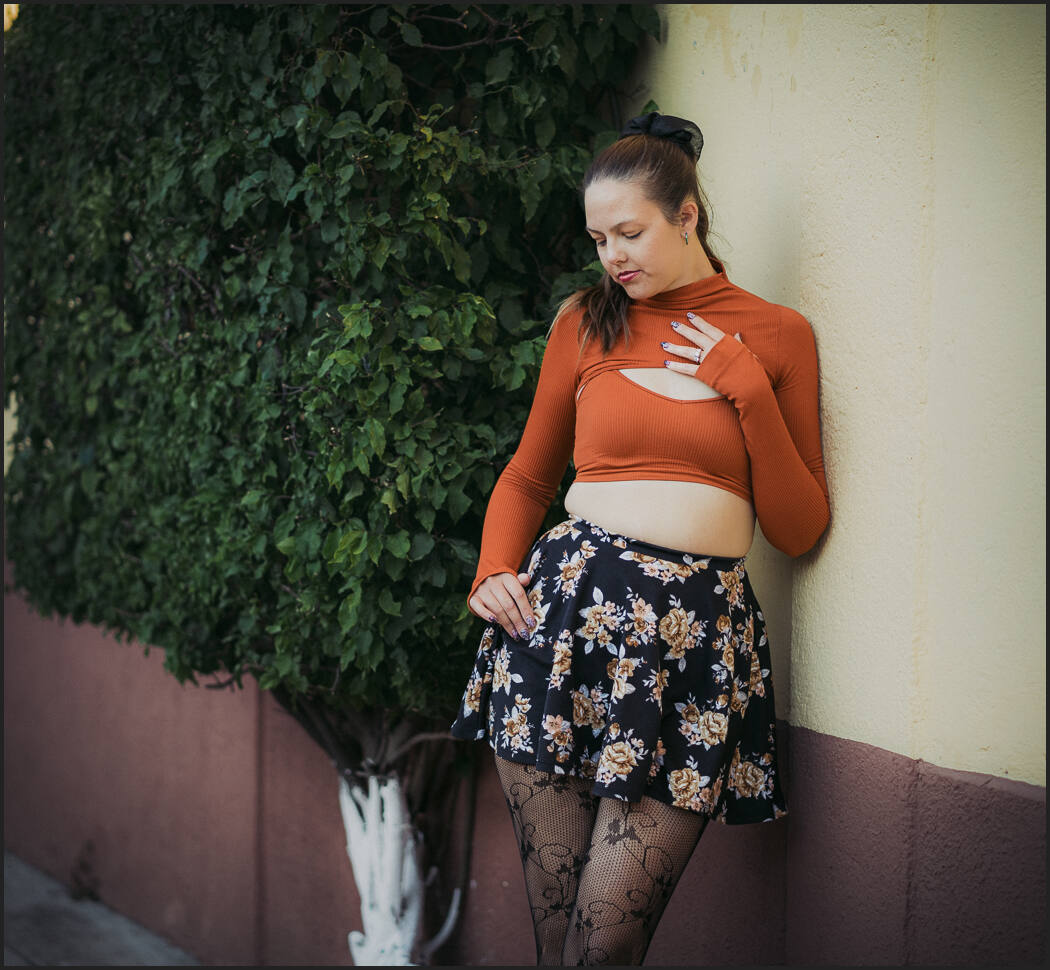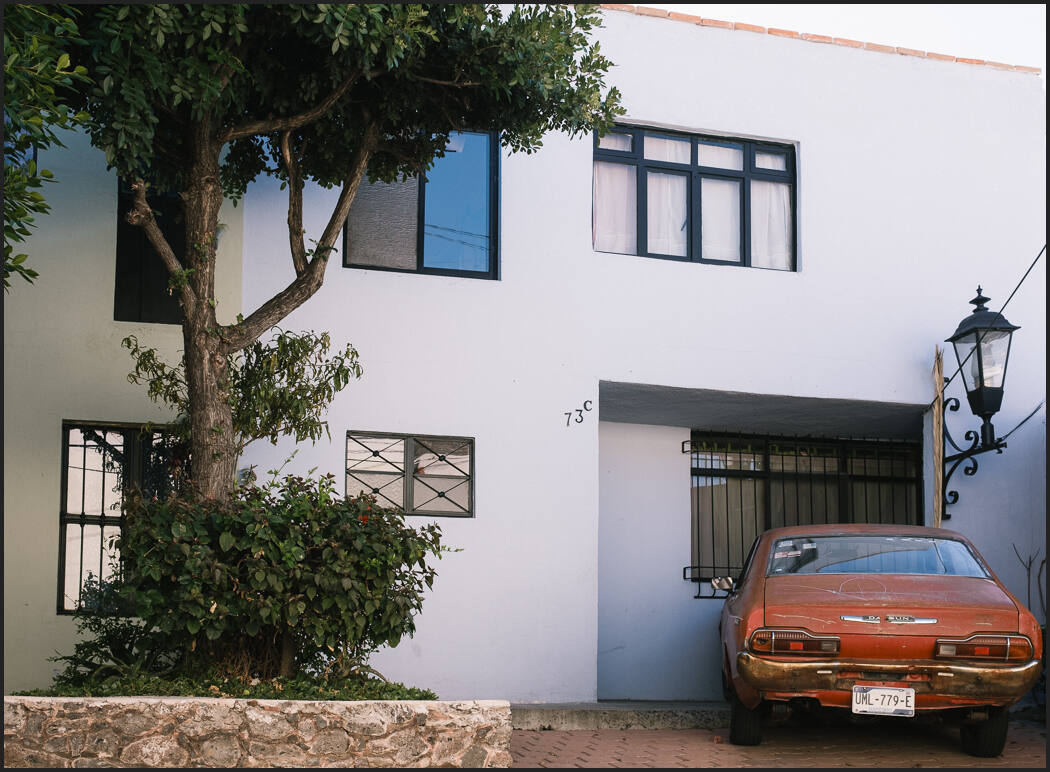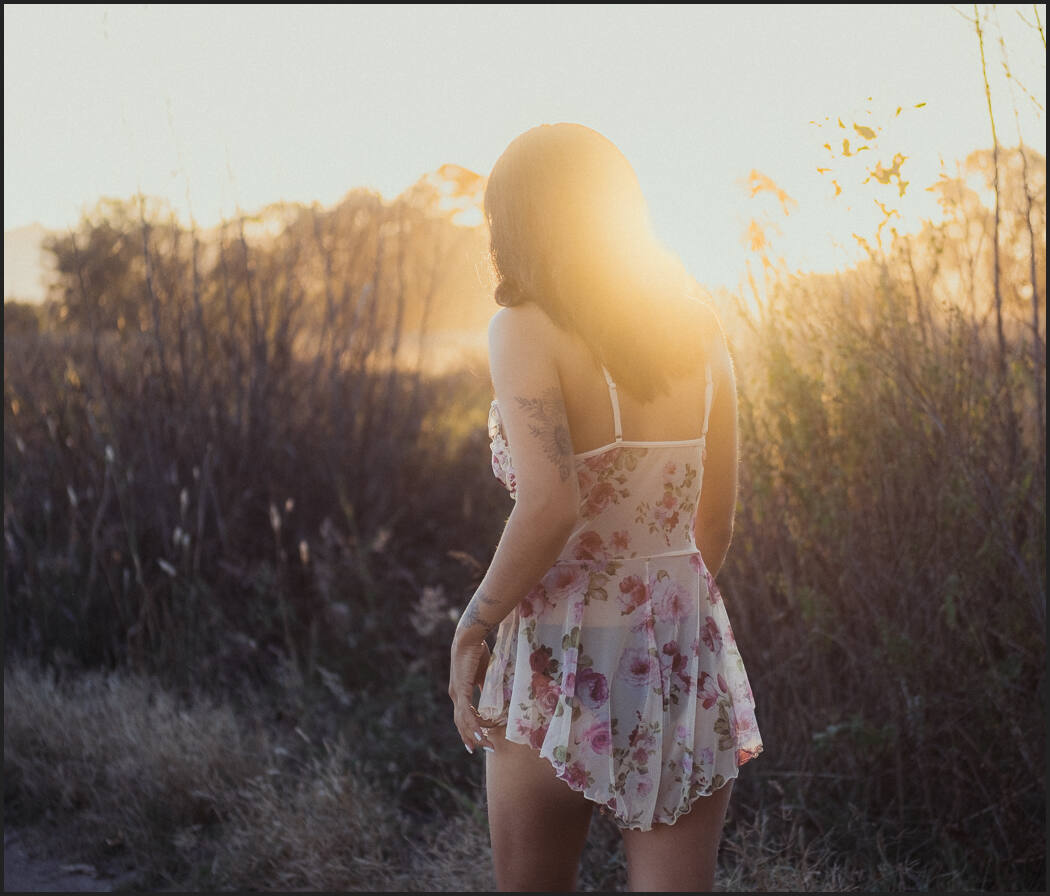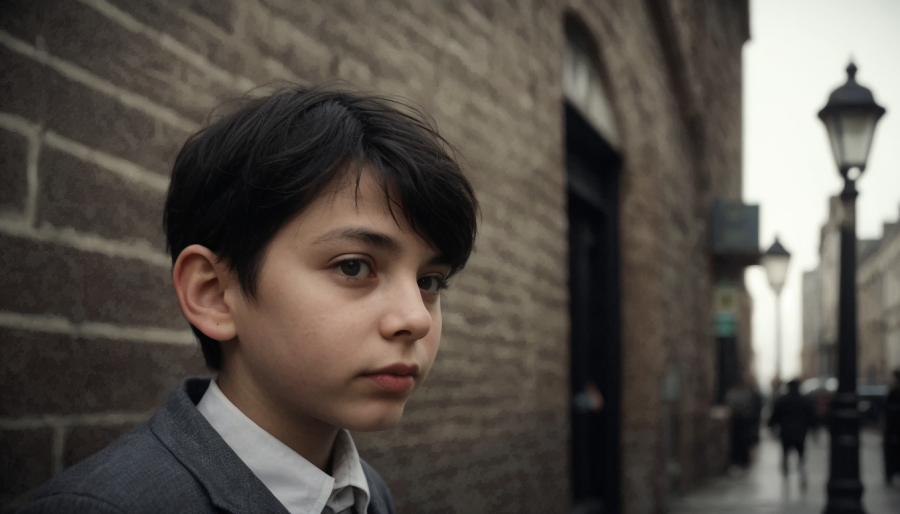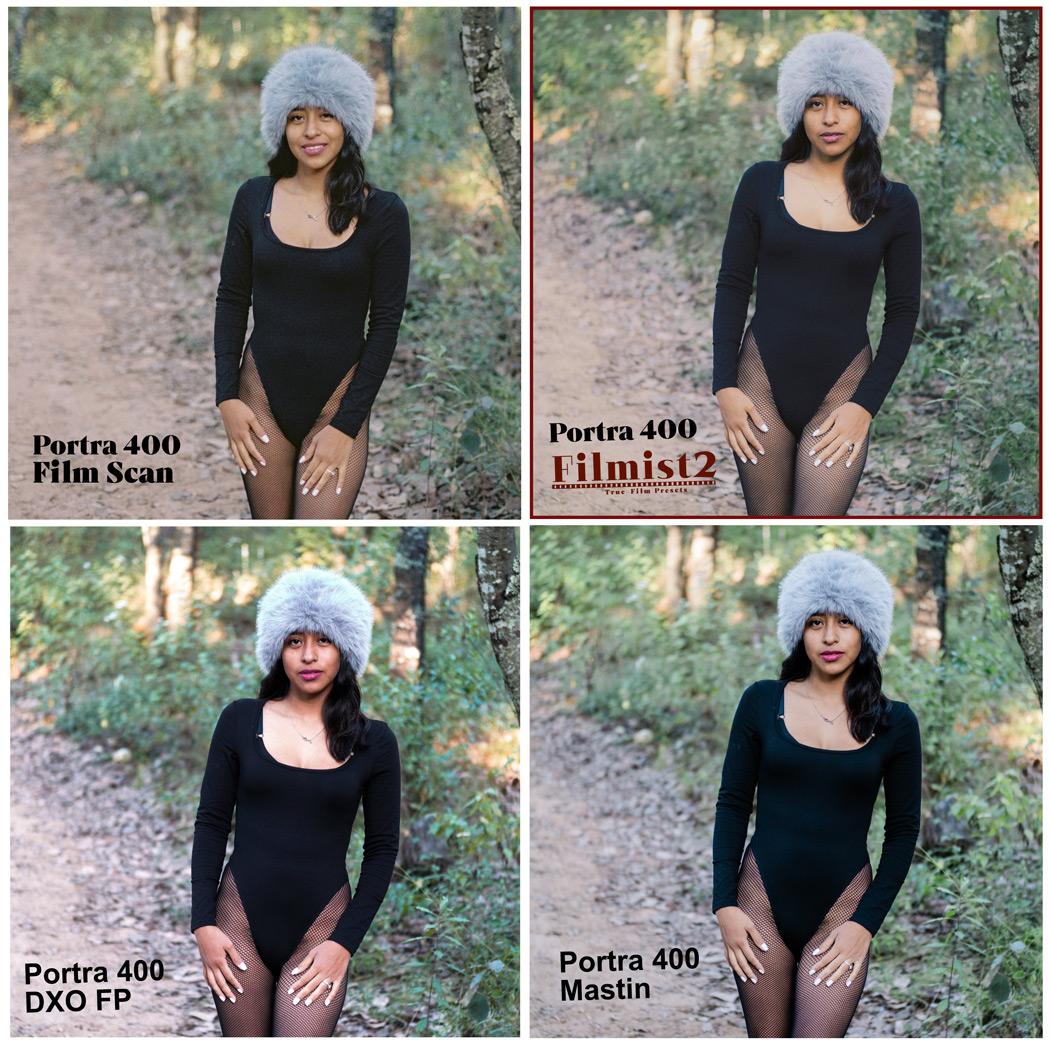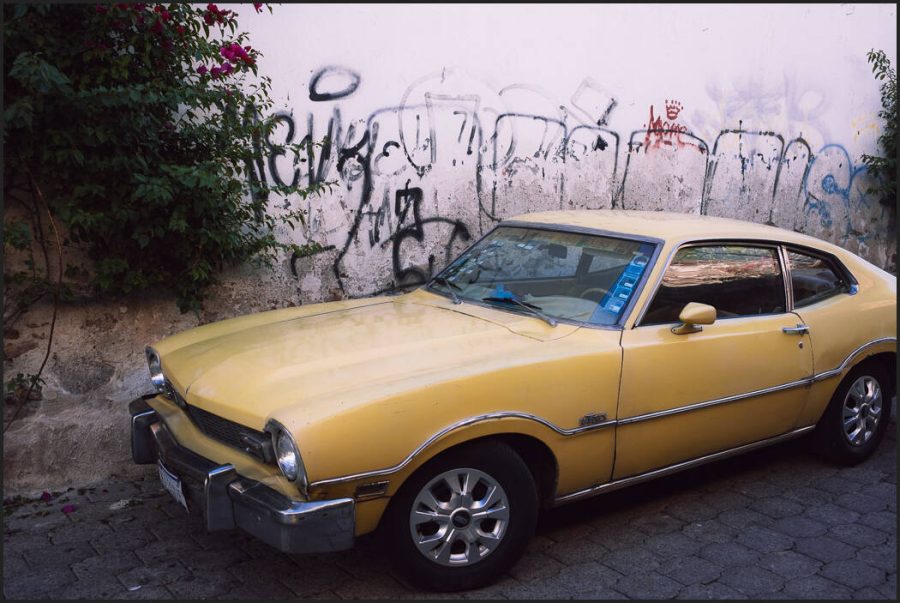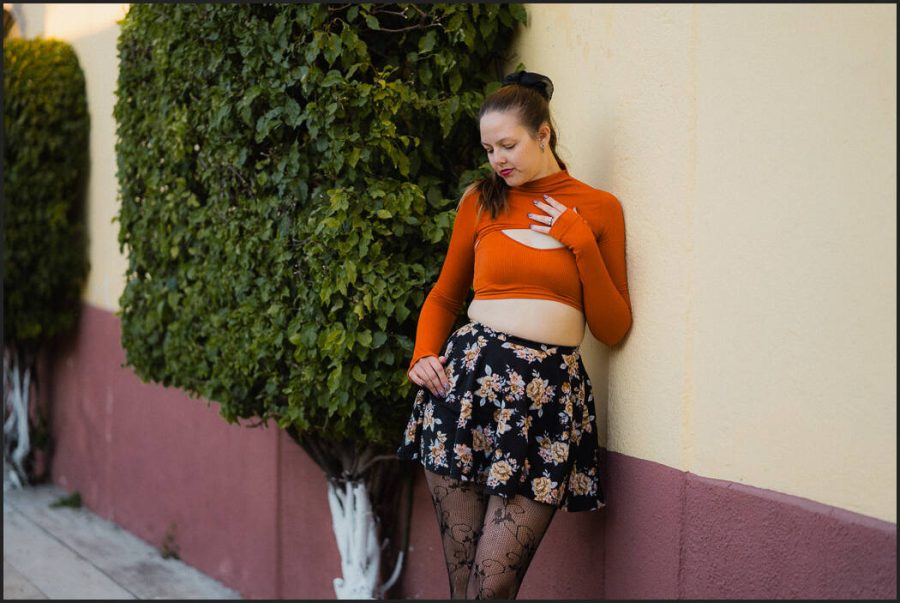But when I did the recent Natural HDR 4.1 update I wanted a video not about how to use the presets so much as how to create beautiful HDR Photography. Not your Grandpas HDR!
HDR mode presets, Shadows, and highlights. HDR Photography!
Tone is not what people think and neither is HDR so I’m finally making a video to put an end to the confusion. This is how HDR will change how you see tone and shadow practically in 2024.
Download my free HDR presets here and the free Filmist sampler pack here to use these ideas right now. Also don’t miss my next free Shadow Hackers LIVE workshop.
Don’t Expose to the right in HDR Photography – Expose, DARK?
In another video I showed you why Expose to the Right is Wrong. Today you see me going left and right on on shots I want dynamic range from. That’s because you need to expose RIGHT to what you are creating. Not to the right or left.
When you know Zones and exposure and how those relate you your histrogram like we talk about in Exposed. But you will soon learn when you understand exposure that meters don’t tell you the correct settings for your photo.
When I posted to my channel a few weeks ago, the least understood thing in photography I knew it was important. But the method of how to use it in the real world is what we see in today’s video.
Shadows are the easiest thing to recover with today’s sensors, software noise reduction etc. It’s mostly because shadows usually need to stay dark but clipped highlights ruin a photo fast.
I use Zones to expose. But I base the main exposure on how I will handle my highlights and ensure I retain shadows. Exposure for your photo, but often this means exposing dark.
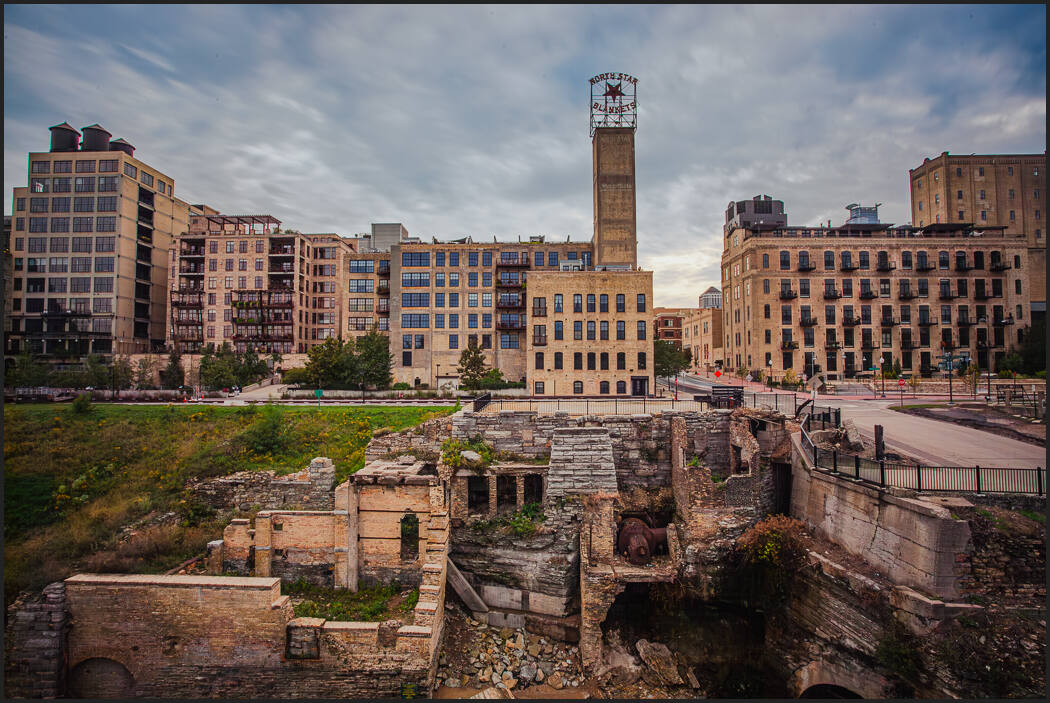
Don’t look silly with your HDR Photography.
There’s no rule here. You can crush your histogram, push your clarity, and drive sliders hard. But unless you know how and why you are doing it, you will probably just look like an amateur, using decade-old techniques that feel fake and overused.
A great photo normally does not reveal its method to the average viewer. That is it makes an impact, but that impact is not in the effect itself. When viewers have seen an ugly HDR process used and your photo seems similar, the reactions will usually be predictable.
Know the effect you intend to create. Then do it in a balanced way. That’s the secret to using HDR today and getting magical results. Editing with good presets whether you make your own use a tool like Natural HDR 4 or use single RAW files will get you there fast.

Don’t create High Dynamic Range photography without Shadow
I sound like a broken record but it’s because the tone is the least understood skill in photography. The shadows save you. Don’t think. It’s too much shadow and therefore, not HDR. That’s not how this works, as I explain in the video.
HDR photography is the art of balancing shadows and highlights that are widely separated. It’s a method, not a filter. Once you learn that shadows are your friend in creating that balance, your HDR photos will be amazing and your LOFI photos will be improved by the same techniques.
